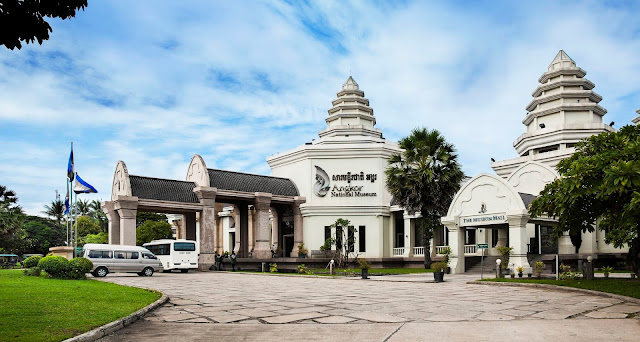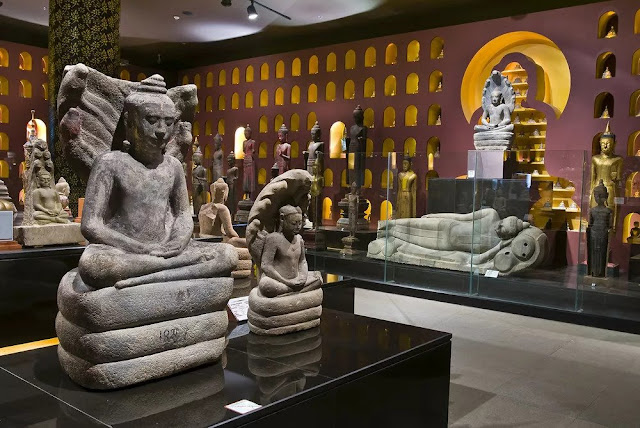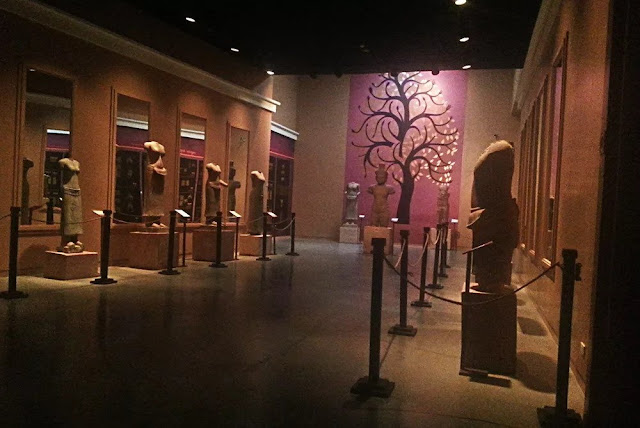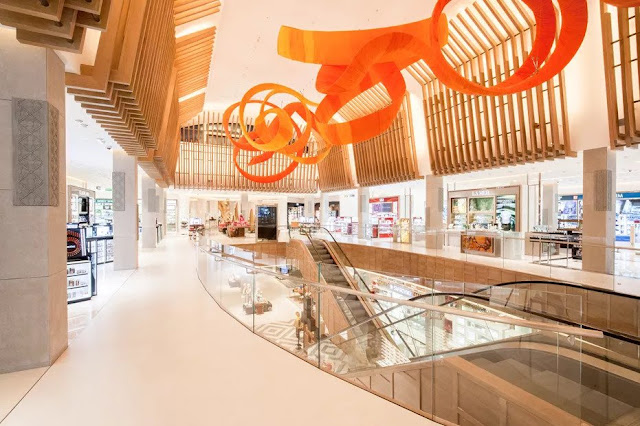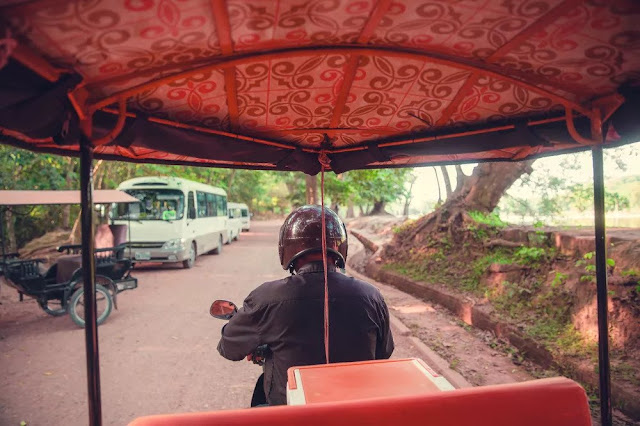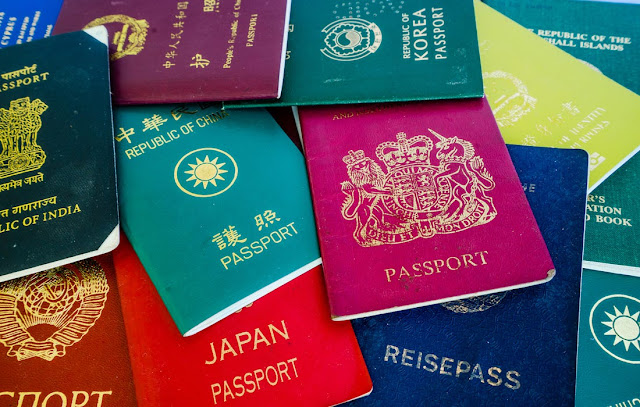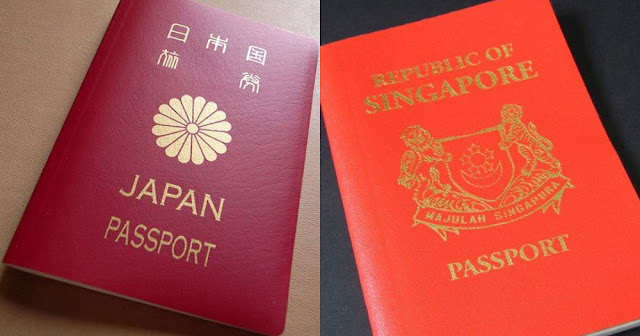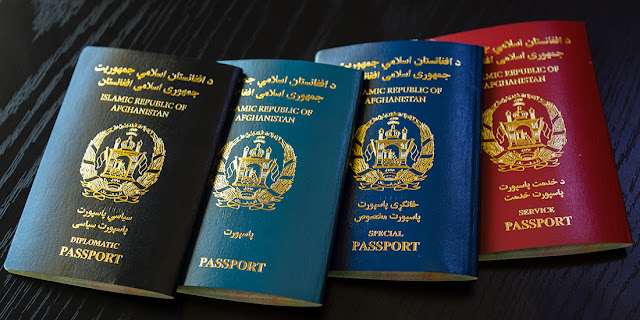Before you pay up for an Angkor temple visit in
Siem Reap,
Cambodia, a visit to the Angkor National Museum is in order.
Entering the Angkor National Museum
The octagonal, pagoda-style towers crowning the museum are meant to directly tie the Angkor National Museum to Angkor Wat — itself crowned by five soaring pagodas rising from a central courtyard. Unlike Angkor Wat, though, the Angkor National Museum is built with today's comfort levels in mind.
The numerous exhibit halls are air-conditioned and intimately lit; the exhibits flow naturally from one to another; and portable media players (above, right) can be hired at the entrance to explain some of the more obscure items on display. (More on how they work on the next page.)
After paying an entrance fee at the ground floor, you'll ascend a spiral ramp (above, left) that ends up at the Angkor National Museum's second floor. A video introduction to the museum and its contents — a ten-minute film titled "Story behind the Legend" — serves as the first in a series of exhibits that flesh out the identity and destiny of the Angkor Empire.
Angkor National Museum Exhibits on the Second Floor
The Angkor National Museum's first four exhibits are all located on the second level, each one following naturally one after the other, meant to be seen in order. Visitors walk through vaulted corridors between exhibits, each one lined with Guardian heads, sandstone lions, and other Angkor statuary.
The first gallery is intended as a "reincarnation" of a gallery of 1,000 Buddhas that used to be housed in Angkor Wat's cruciform gallery. As Angkor Wat offers minimal protection from thieves and vandals, the Angkor National Museum now offers its own take on "1,000 Buddhas": a series of miniature and mid-sized icons crafted from different materials and lit individually, arranged tastefully in niches and on pedestals in a large air-conditioned gallery.
While many of the Buddhas come from nearby temples (only a fraction - if any - come from the original Angkor Wat gallery), a large number of the statues on display may actually have been made in the 20th century.
After walking past a colonnaded corridor overlooking a fountain pool, guests enter a single massive chamber divided into three separate galleries:
The Pre-Angkor Period gallery tells the story of Khmer civilization in the days before the Angkor kings took the reins, with a particular focus on the foreign influences that eventually became part of the Angkor empire's DNA;
A gallery of Angkor religion and beliefs that explains the Buddhist and Hindu roots of the Angkor empire: carvings of the Churning of the Sea of Milk share space with the Buddhist bodhisattva Avalokitesvara and numerous linga (phallic representations in Hindu culture); and
A pantheon of the Great Khmer Kings: King Jayavarman II, Yasovarman I, Suryavarman II, and Jayavarman VII - their lives and works.
The object labels beside each item provide concise descriptions of the objects in question. A few object labels bear numbers that correspond to menu numbers in the media players provided at the outset; if you were smart enough to pay for its use, you can punch in the numbers to hear a more comprehensive audio description of the item you see before you.
Angkor National Museum Exhibits on the Ground Floor
A staircase proceeds from the final second-floor exhibit back down to the ground floor, where the following exhibits await:
The Angkor Wat gallery showcases the history and continuing preservation of Cambodia's signature Angkor temple. A long composite photo along one wall depicts the 160-foot-long Churning of the Sea of Milk relief along the south wing of Angkor Wat's east lower gallery. A circular theater shows the view of Angkor Wat's towers against the sunrise, a view that many visitors wake up exceedingly early in the day to see for themselves.
The Angkor Thom gallery collects a series of items saved from the Angkor Thom temple, with a special focus on the water management projects commissioned by Angkor Thom's creator Jayavarman VII;
The Story from Stones gallery shines a spotlight on the stelae (find out more about stelae) that were often found in Angkor temple sites, many of them serving as the only surviving records of wars, worship, and trade.
The Ancient Costume gallery showcases the evolution and use of clothing throughout the Angkor Empire.
After the last gallery, the exit leads straightaway into the museum gift shop, and afterward the exit back into the main lobby.
At the Museum Mall
An 86,000 square foot mall space along the northern side of the Angkor National Museum scratches the itch of museum-goers who want to take back a little part of Angkor with them, and then some.
The new T Galleria by DFS store, the first in Cambodia, hawks a variety of fragrances, beauty products, potent potables, and carefully-curated local handicrafts in the spacious, glitzy interior.
While the wares seem little different from your average airport duty-free shop, the inclusion of Cambodian artisanal products will assuage the conscience of ethical shoppers who want their bucks to benefit local communities. Buy one of the locally-made silks, lotus fiber cloth, and lacquerware in the shops, and the management guarantees that profits go directly to the Cambodian artisans who made them.
Getting to the Angkor National Museum
The Angkor National Museum can be found on Charles de Gaulle Road in the northern part of Siem Reap's town center.
Travelers headed to the Angkor temples will pass right by the Museum; discerning visitors will schedule a stop at the museum before they venture onward to the temples, all the better to understand the meanings of the sculptures and reliefs they encounter at the Angkor temples sites.
The Museum is easily accessible by tuk-tuk, or if you're fit enough, can be reached in a fifteen- to twenty-minute walk from the Old Market area.
See more: Top cultural activities in Siem Reap, Cambodia
Source: Internet







